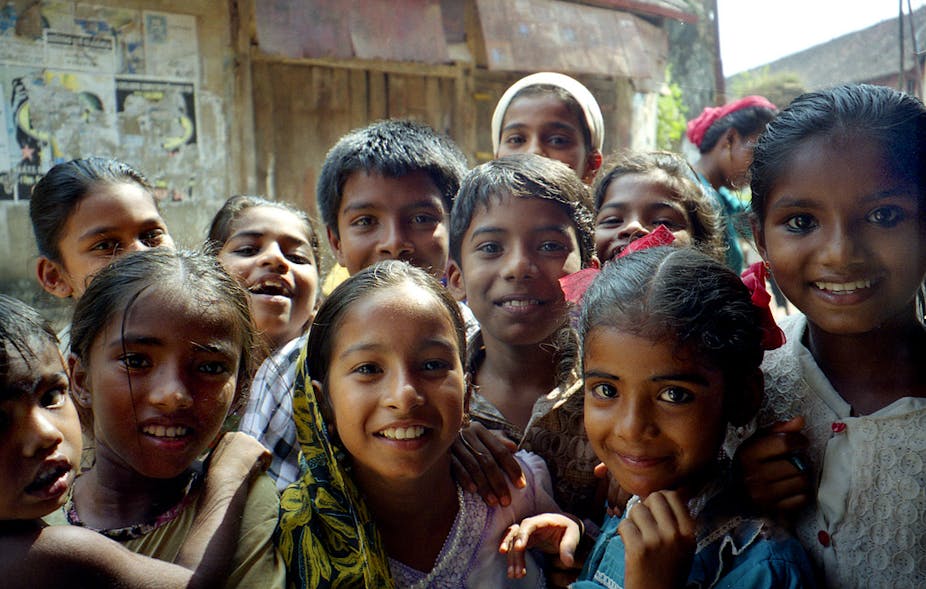India is the global focal point for legal and political struggles over patent rights and access to medicines. Particular attention is focused on the Swiss pharmaceutical giant Novartis, which is in battle with the Indian government.
For six years, Novartis has pursued litigation against the Indian government, to extend patent protection for the marginally modified anti-cancer drug, imatinib mesylate, marketed in India as Glivec. Novartis’ litigation is directed against a critical safeguard for public health in Indian patent law.
Novartis’ claim for a patent was rejected by the Chennai Patent office in 2006, then by the Madras High Court in 2009, and again by an appeals court in 2009. At each step, Glivec was deemed to be a modified version of a pre-1995 drug for which patents cannot be issued under Indian law.
In September 2012, the case reached the Supreme Court of India. The outcome, expected before the end of the year, will have major implications for access to affordable medicines in India and in the developing world. See here for Novartis’ perspective.
India and patent law
When a company is awarded a patent for a medicine, competitors cannot enter the market, and the supplier is able to charge a high monopoly price. Prices decline significantly when alternative generic (non-patented) brands become available after the expiry of the patent.
Pharmaceutical product patents were not recognised in India between 1972 and 2005. This made it possible for Indian drug firms to emerge as major suppliers of relatively affordable generic drugs to people in India and the rest of the developing world, as well as to developed countries such as the United States.
Most dramatically, the entry of Indian firms in the global pharmaceutical market resulted in the price of first-line triple combination antiretrovirals (ARVs), used in the treatment of HIV, to fall from as much as $15,000 per person per year in 2000 to less than US$120 in 2012.
In 2005, the Indian parliament amended the patent legislation for compliance with the Agreement of Trade-Related Intellectual Property Rights (TRIPS). Under this agreement, all member countries of the World Trade Organization are required to allow product patents in all areas, including medicines.
But to protect access to medicines, the Indian legislation also incorporated several so-called TRIPS flexibilities. The 2001 Doha Declaration confirmed that intellectual property rights “should not prevent members [of the World Trade Organization] from taking measures to protect public health.”
An important flexibility is the right of nations to define the criteria of patentability (novelty, inventive step, and industrial application). Generic competition is facilitated if patents are awarded for only genuinely innovative new drugs. In contrast, national standards that allow patenting for minor product changes will impede generic competition.
Patents are supposed to provide incentives for innovation but the patenting of medicines in countries such as India is undertaken mainly by foreign companies for the strategic purpose of restricting competition. Few benefits from intellectual property rights flow in the direction of the consumer.
Markets and competition
At issue in the Novartis case is Section 3(d) of the Indian Patent Act 2005. This section is intended to prevent the awarding of patents for new uses or slightly modified versions of known molecules, unless a “significant enhancement of efficacy” can be demonstrated. The objective is to prevent the unwarranted extension of monopoly pricing through patenting trivial modifications, so called evergreening.
The context for Novartis’ persistence are pressures on profitability and growth in established markets. Multinational pharmaceutical companies increasingly view the growing middle class in India and other emerging economies as a significant source of revenue.
The former CEO of India’s largest drug company Ranbaxy (now owned by Japanese multinational Daiichi Sankyo) observed in an article in the Journal of Generic Medicines, “Big Pharma have become intrigued by the fact that 88 per cent of the world’s pharmaceuticals is shared among only 18 per cent of the world’s population. … Here lies a business opportunity.”
From the perspective of these companies, full exploitation of this business opportunity requires extended intellectual property rights protection.
If Novartis is successful in gaining a patent for Glivec, generic competition will be delayed for many more drugs, and prices will remain much higher for longer. Consider Novartis’ price for Glivec in India – about $26,000 per patient per year; generic versions are currently available at about $2,000 per year. Novartis supplies Glivec at no cost to some patients, but health policy cannot be hostage to corporate charity.
A win for Novartis will have a devastating effect on access to medicines not only in India but throughout the developing world. That may be why Médecins Sans Frontières (MSF) is pursuing a global campaign to make Novartis “drop the case”.

